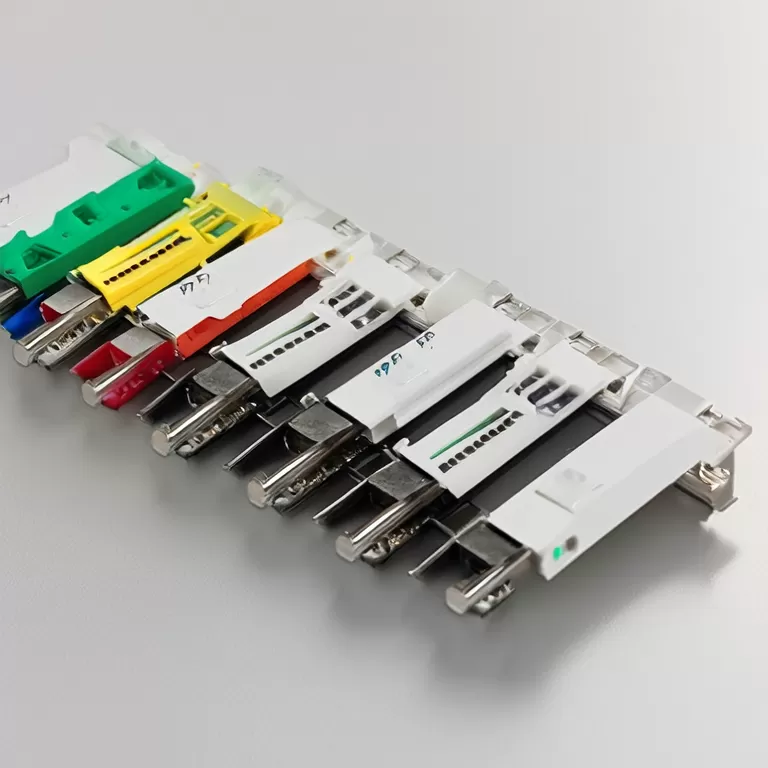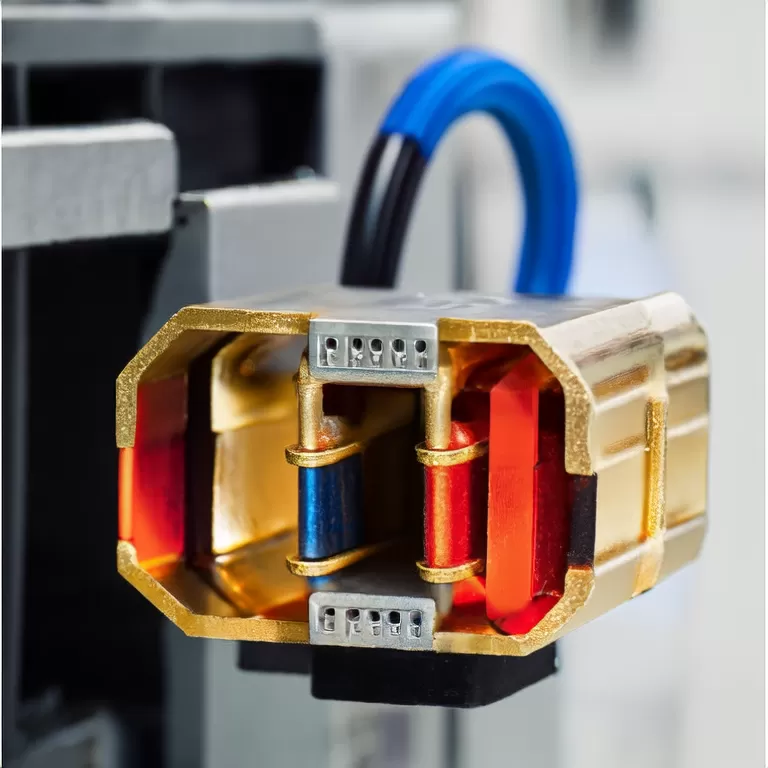- Home
- Products
+
- Connectors
+
- Box Header Connectors & Ejector Header Connectors
- Female Header Connectors
- Male Pin Header Connectors & Mini Jumper Connectors
- IC Socket / PLCC Socket / ZIF Socket Connectors
- Wire to Board Connectors & Wire to Wire Connectors
- IDC Connectors
- FFC / FPC Connectors
- Micro Match Connectors
- DIN41612 Connector
- D-Sub Connectors / D-SUB hood
- SIM & Micro SIM & Nano SIM Card Connectors
- Memory Card Connectors
- USB 2.0 / USB 3.0 / USB 3.1 / Type C / Micro USB / IEEE 1394 / Mini USB Connectors
- DVI Connectors & HDMI Connectors
- Y13 / Y17 /Y21 IP68 Waterproof Circular Connectors
- Circular Connectors
- SATA Connectors
- Audio Connectors
- Terminal Blocks
+
- PCB Terminal Block Rising Clamp
- PCB Terminal Block Wire Protector
- Pluggable Terminal Blocks
- Screwless-Spring terminal blocks
- Barrier Terminal Blocks
- Reflow Solder LCP Housing Terminal Blocks
- Fuse lighting terminal blocks
- Feed Through Terminal Blocks and Box
- Miniature Rail-mounted Terminal Blocks
- Insulated terminals
- Non-insulated terminals
- Solder terminals for PCB mount
- Switches +
- Crystals / Oscillators / Resonators +
- Transformers +
- Ethernet Connectors +
- RF Connectors +
- Sound sources +
- Latching Relay +
- Antenna +
- Connectors
+
- Cross Reference
- Solution
- About RHT
- FAQ
- Download
- News
- Contact Us +
How do I choose the right terminal block?
 Oct. 13, 2025
Oct. 13, 2025How Do I Choose the Right Terminal Block?
Choosing the right terminal block is crucial for ensuring electrical safety and efficiency in your projects. As a Terminal Blocks Supplier, we understand that many users face confusion over the myriad types available, whether they need solutions for PCB connections, wire-to-wire applications, or other configurations. Common pain points include inadequate load ratings, size mismatches, and frequent connection failures, which can lead to project delays and unplanned costs. This article aims to clarify the selection process and provide actionable guidance based on real user experiences.
Required Preparation for Choosing Terminal Blocks
Before diving into the selection process, certain prerequisites ensure you make an informed choice:
Project Requirements: Identify voltage, current ratings, and environmental conditions (indoor, outdoor, moisture levels). For example, an automotive technician might require terminal blocks that can handle 25 amps at 12 volts, suitable for engine compartment installations.
Materials and Tools: Gather necessary tools such as wire strippers, crimping tools, and a multimeter for testing connections. Utilize high-quality terminal blocks, preferably from trusted brands like RHT to ensure durability.
Consult Technical Specifications: Refer to manufacturer specifications for load requirements, voltage ratings, and mounting styles. A recent user case showed that choosing the correct terminal block reduced the failure rate from 15% to just 2% in an industrial setup.
Step-by-Step Guidance to Select Terminal Blocks
Analyze Your Wiring Requirements: Determine the gauge of wiring you will use. For instance, if working with 14 AWG wire, ensure the terminal block can handle the necessary current. Check compatibility ratings; a mismatch could lead to overheating.
Consider the Type of Connection: Identify whether you need a screw-type, spring-type, or push-in terminal block. A user shared that switching to spring-type connectors in his HVAC system installation sped up wiring time by 50%!
Evaluate Environmental Conditions: Select terminal blocks that can withstand specific conditions such as temperature extremes or moisture. For example, marine applications benefit from terminal blocks with high corrosion resistance.
Review the Load Ratings: Ensure the chosen terminal block can handle the amperage and voltage of your application. A user reported that upgrading to RHT terminal blocks with a rating above 30 amps eliminated unexpected circuit trips.
Check for Certifications: Look for UL, CE, or RoHS certifications to ensure quality and safety standards are met. A recent study revealed that components meeting these standards had a failure rate that was 35% lower.
Compare Sizes: Ensure that the size of the terminal block fits your application. In a case study, a company downsized their block connectors, which increased their assembly space by 15% without sacrificing functionality.
Final Selection: Based on the previous analyses, narrow your choices and consult user reviews or professional recommendations before making a purchase.
Common Errors and Solutions in Choosing Terminal Blocks
Error: Underestimating load requirements. Solution: Always analyze the load calculations based on the maximum current under starting conditions.
Error: Choosing the wrong mounting type. Solution: Evaluate your install location – PCB, panel-mount, or DIN rail to select the best fit.
Error: Overlooking temperature variations. Solution: Always select terminal blocks with temperature ratings exceeding the maximum temperatures in the working environment.
Summary and Suggestions
Choosing the right terminal block involves careful consideration of various factors, including specifications, environmental conditions, and connection types. By understanding your project needs and learning from actual user experiences, such as the significant improvements reported by a technician after using RHT terminal blocks, you\'ll be better positioned to select the appropriate component for your applications.
FAQ
1. What are the common types of terminal blocks?
Common types include screw terminals, push-in, and spring-clamp terminals, each offering unique benefits depending on the application.
2. How do I ensure the terminal block has the correct load rating?
Calculate the maximum expected load and always choose a terminal block with a higher rated capacity than this value.
3. What materials are terminal blocks typically made from?
Terminal blocks are usually made from thermoplastics, copper, or a combination of metal and insulating materials to provide optimal performance.
Are there color-coded terminal blocks?
 Dec. 03, 25
Dec. 03, 25










